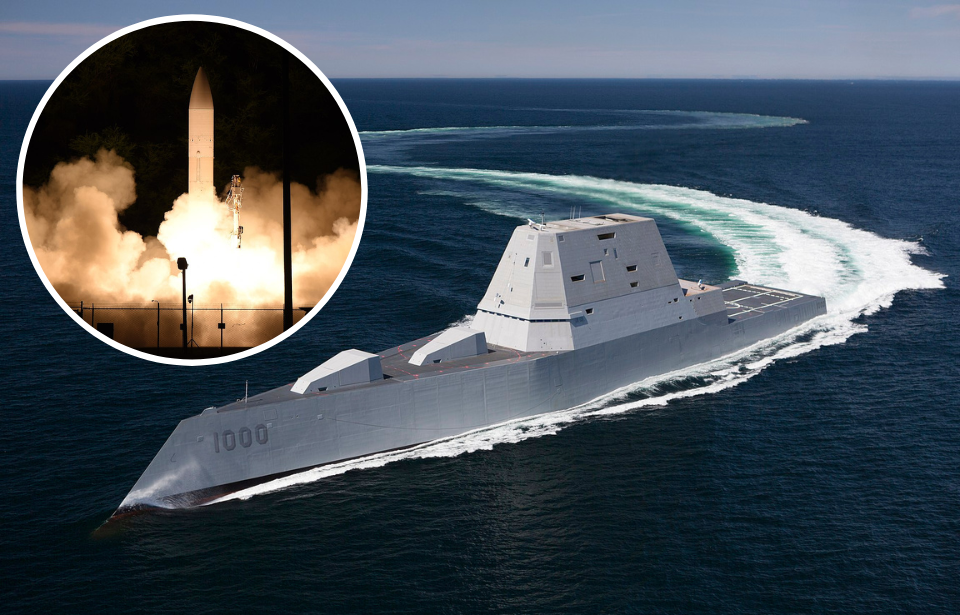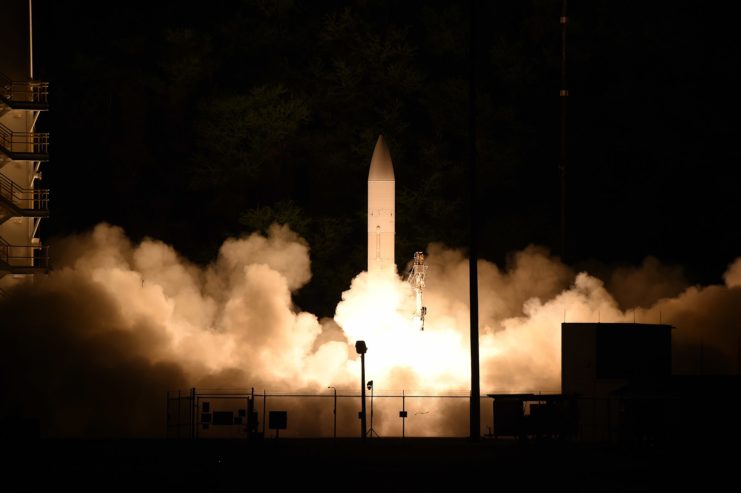
The Navy categorizes the hypersonic missile as a “conventional prompt strike weapon,” using a standard hypersonic glide body developed in collaboration with the US Army. This body, housing the warhead, is propelled into flight by a conventional rocket booster. After detachment, the missile continues its trajectory toward the target.
While maintaining a constant speed, it retains its maneuverability.
The maneuverability is what makes hypersonic missiles so dangerous
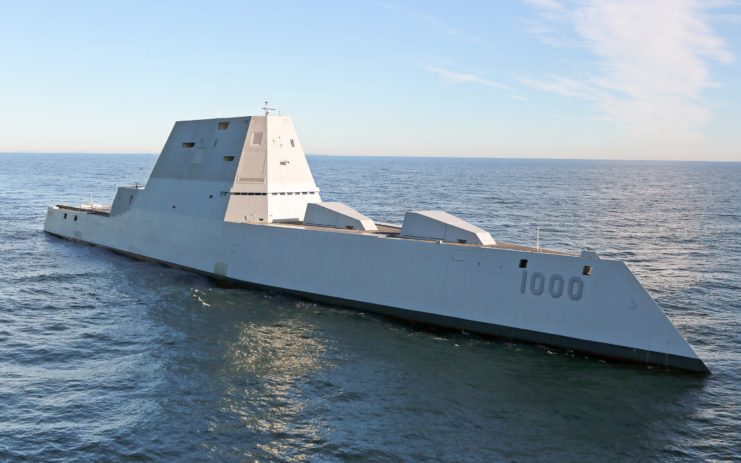
This maneuvering capability, rather than its ability to exceed Mach 5, presents a challenge for defense systems, as all current defensive measures are not tailored to counter such missiles. This specific characteristic has elevated hypersonic missiles to a focal point of competition among the United States, Russia and China.
What is the Zumwalt-class of guided-missile destroyers?
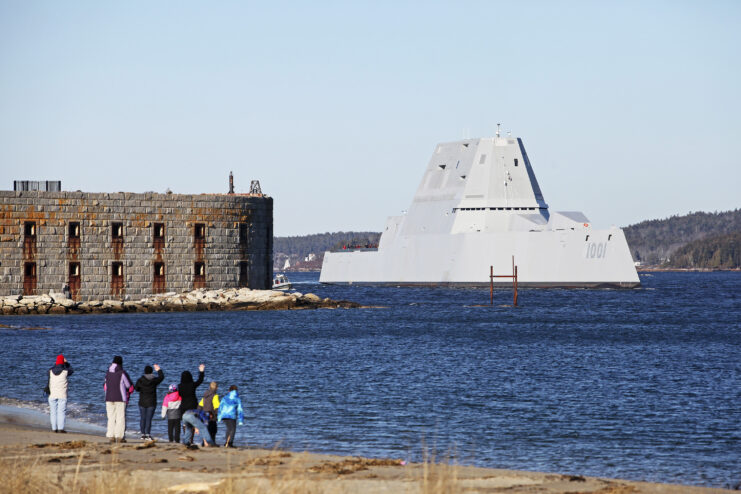
The Zumwalt-class of guided-missile destroyers consists of just three ships: the USS Zumwalt (DDG-1000) Michael Monsoor (DDG-1001) and the upcoming Lyndon B. Johnson (DDG-1002). The lead ship was first delivered to the Navy in May 2016 and commissioned a few months later.
The guided-missile destroyers were designed by Northrop Grumman Ship Systems, and Raytheon Company served as the systems integrator. General Dynamics Bath Iron Works, Lockheed Martin, BAE Systems Land and Armament, and Boeing worked on the project as well.
The Navy is waiting on hypersonic missile development
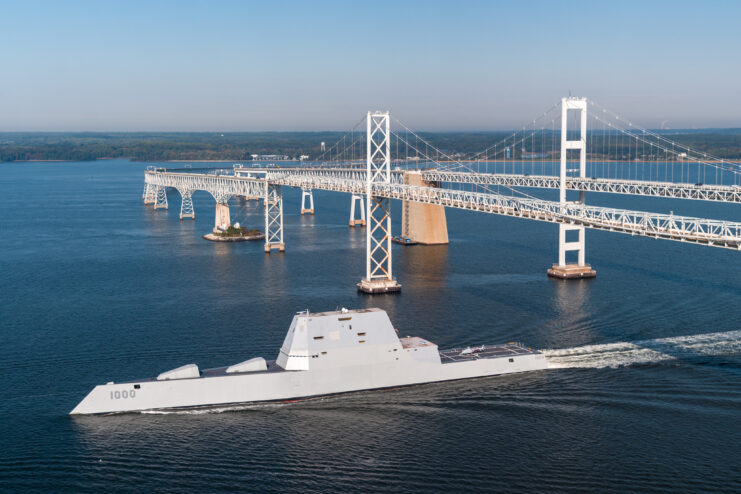
The Zumwalt-class ships are specifically designed for operations in shallow coastal waters. Consequently, the Navy is outfitting them to serve as effective platforms for blue-water surface combat and naval strikes. Initially, these ships were planned to be equipped with the Advanced Gun System, featuring two 155 mm guns capable of firing Long Range Land Attack Projectiles. However, with the reduction of the Zumwalt-class fleet to just three ships, this caused a significant increase in the price per shell, nearing $1 million each, prompting the Navy to rethink its original strategy.
At present, the Navy is grappling with major challenges, including the incomplete development of hypersonic missiles and the limited size of the vertical-launch-system cells on Zumwalt-class destroyers, which restricts their ability to house these new missiles.
The Virginia-class submarines may be next
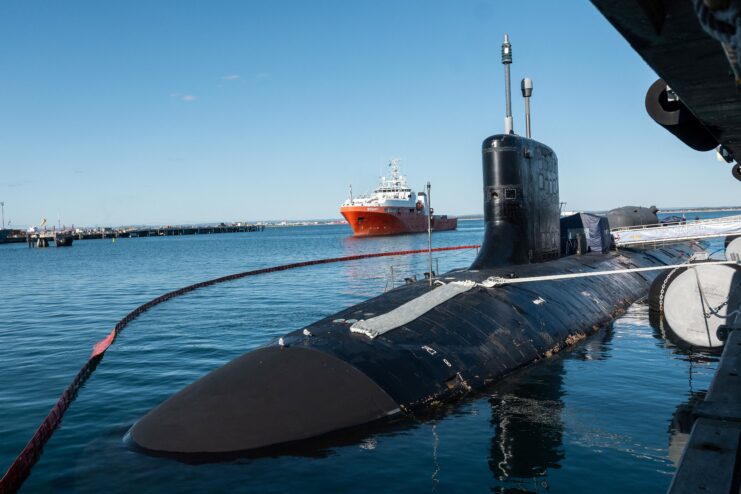
In the middle of March 2021, the Navy solicited defense industry partners for ways to reconfigure the Zumwalt-class vessels, so they could handle the new hypersonic missiles. In the solicitation, they requested an advanced payload module that could carry the missiles in a “three-pack configuration.”
Gilday also mentioned that the Navy is looking for ways to use the power-generating abilities of the Zumwalt-class to use direct-energy weapons as a defense against emerging threats.
Are you a fan of all things ships and submarines? If so, subscribe to our Daily Warships newsletter!
After outfitting the Zumwalt-class guided-missile destroyers with the hypersonic missiles, the Navy plans to add the weapons to their Virginia-class submarines. The goal is to have the missiles on the former by 2025.
